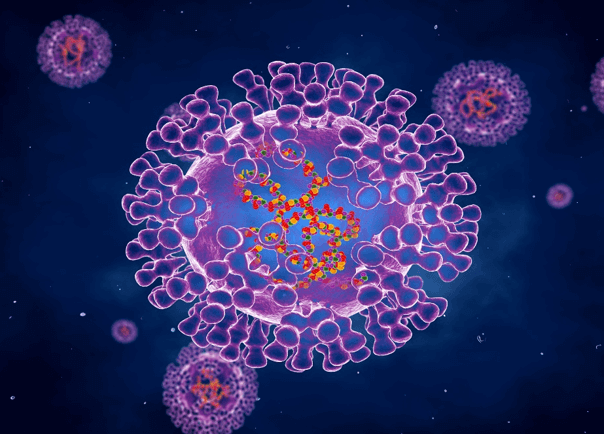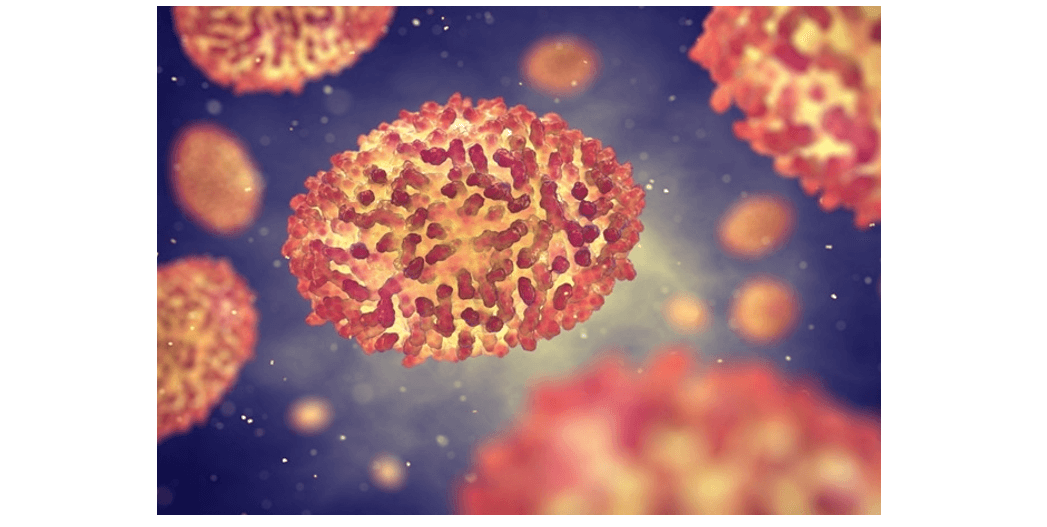Since May 7, the UK Health and Safety Executive reported the first confirmed case of monkeypox. According to the latest news, as of May 24, 131 confirmed cases and 106 suspected cases of monkeypox have been reported from 19 countries and regions worldwide. There have been no deaths yet.
The World Health Organization predicts that the number of monkeypox cases worldwide may increase further. Also noted, "Available information indicates that interpersonal transmission is occurring among people who have had close physical contact with symptomatic cases."
What is Monkeypox?
Monkeypox is a zoonotic disease. The monkeypox virus was first discovered in laboratory monkeys in 1958 and was named because it was first discovered in monkeys. Although "monkeypox" sounds like a virus from monkeys, it is not primarily carried and transmitted by monkeys, but by rodents such as rats and squirrels. It can also be transmitted secondarily among humans.
Monkeypox viruses are close relatives of smallpox viruses and belong to the same poxvirus family, which consists of complex double-stranded DNA viruses. The poxvirus family is further divided into two subfamilies, Chordopoxvirinae and Entomopoxvirinae, based on the ability to infect vertebrate or insect cells, respectively. Variola virus (VARV) and monkeypox virus (MPXV) are classified in the genus Entomopoxvirinae. The two have very similar genomic structures and share many similarities in biological properties and pathogenicity. In addition, monkeypox symptoms are similar to smallpox, with common symptoms including fever, headache, itching, and the growth of chickenpox-like pustules on the skin that spread from the face to multiple parts of the body.

How is the monkeypox virus transmitted?
The primary mode of transmission of monkeypox virus is through direct contact with the blood, body fluids, skin or mucosal wounds of infected animals or by eating meat and other animal products from infected animals that have not been adequately cooked.
Secondary transmission between humans is primarily due to close contact with respiratory secretions, skin lesions, or objects contaminated with body fluids or diseased tissue from an infected person. Mother-to-child transmission may occur through the placenta or through close contact during delivery. Monkeypox virus can be present in respiratory droplets, although prolonged face-to-face contact is usually required for transmission.
How is the monkeypox virus prevented?
- Vaccination against smallpox is about 85% effective in preventing monkeypox: Monkeypox virus and smallpox virus belong to the same virus family, and vaccines against smallpox virus are also effective in protecting against monkeypox virus.
- Keep away from possible sources of infection: Avoid contact with animals (rodents, marsupials and primates) that may carry the monkeypox virus and the objects they have touched.
- Thorough cooking is recommended for meat consumption
What can Creative Proteomics do?
Creative Proteomics is a biotechnology company that provides proteomic analysis services in multiple countries around the world. To assist in the development of disease mechanisms and vaccines, we can provide you with protein sequence analysis and proteomics services to accelerate your research progress.
Reference:
Vaughan, A., Aarons, E., et al. (2020). Human-to-human transmission of monkeypox virus, United Kingdom, October 2018. Emerging infectious diseases, 26(4), 782.
